Snapdragon X Elite Comparison: Performance Analysis
While the models share similar specs, their performance differ
3 min. read
Updated on
Read our disclosure page to find out how can you help Windows Report sustain the editorial team. Read more

Snapdragon X Elite series is becoming rather popular, but how do different models compare? To learn that, join us in our Snapdragon X Elite comparison to find out which model offers the best performance.
Snapdragon X Elite comparison: What’s the difference?
CPU performance
According to CPUBenchmark the X Elite series achieved the following results:
- X1E-84-100: 23405 multithread and 3876 single thread
- X1E-80-100: 22653 multithread and 3350 single thread
- X1E-78-100: 23595 multithread and 3195 single thread
We were surprised by these results, and it seems that X1E-78-100 outperformed X1E-84-100 in multithread results with a minor difference while performing worse in single-thread tests.

The Cinebench 2024 results paint a slightly different picture:
- X1E-84-100: 1085 Multi Core and 128.5 Single Core
- X1E-80-100: 895 Multi Core and 123 Single Core
- X1E-78-100: 935 Multi Core and 105.4 Single Core
X1E-78-100 surprised us once again, by beating X1E-80-100 in multi-core tests.

GPU performance
All models use Qualcomm Snapdragon X Adreno X1-85 GPU, however, the X1E-84-100 uses the one with 4.6 TFLOPS while the other two use a 3.8 TFLOPS model.
At the time of writing, only the Qualcomm Snapdragon X Adreno X1-85 (3.8 TFLOPS) benchmark results were available, and the results are impressive:
- 3DMark Time Spy Score: 1862
- 3DMark Time Spy Graphics: 1673
- 3DMark Cloud Gate Score: 18704
- 3DMark Cloud Gate Graphics: 29343
- 3DMark Fire Strike Standard Score: 5772
- 3DMark Fire Strike Standard Graphics: 6066
- 3DMark Wild Life Extreme Unlimited: 6302
These are solid results, and the GPU outperforms older mobile GPUs such as NVIDIA GeForce GTX 1050 Mobile, but it can’t compare with the newer models.
The 4.6TFLOPS version offers even better performance, but don’t expect any major difference.
Hardware differences
As for the hardware specs, all models have the following:
- 12 cores,
- 42MB of cache
- Support for LPDDR5x 8448MT/s memory
- 45 TOPS NPU
As for max multithread frequency, X1E-84-100 can achieve 3.8GHz while other models are limited to 3.4GHz.
Dual Core Boost also differs with X1E-84-100 having 4.2GHz and X1E-80-100 having 4.0GHz. Unfortunately, the X1E-78-100 doesn’t support this feature.
To learn more about the hardware differences, don’t hesitate to check our guide on Snapdragon X Elite versions to learn more about each CPU.
To see how the Snapdragon X Elite compares to the Plus version, we have a dedicated guide that analyzes both models.
Conclusion
According to benchmarks, X1E-84-100 is the champion, but X1E-78-100 surprised us with several of its results. If you’re interested in gaming, we have a guide on Snapdragon X Elite gaming performance, so don’t miss it.
To see how this model compares against other brands don’t miss our guide on Snapdragon X Elite vs Z1 Extreme and Snapdragon X Elite vs M4 for more information.
If you’re a fan of Intel, don’t miss our Snapdragon X Elite and Intel Core Ultra 7 comparison guide for more details.
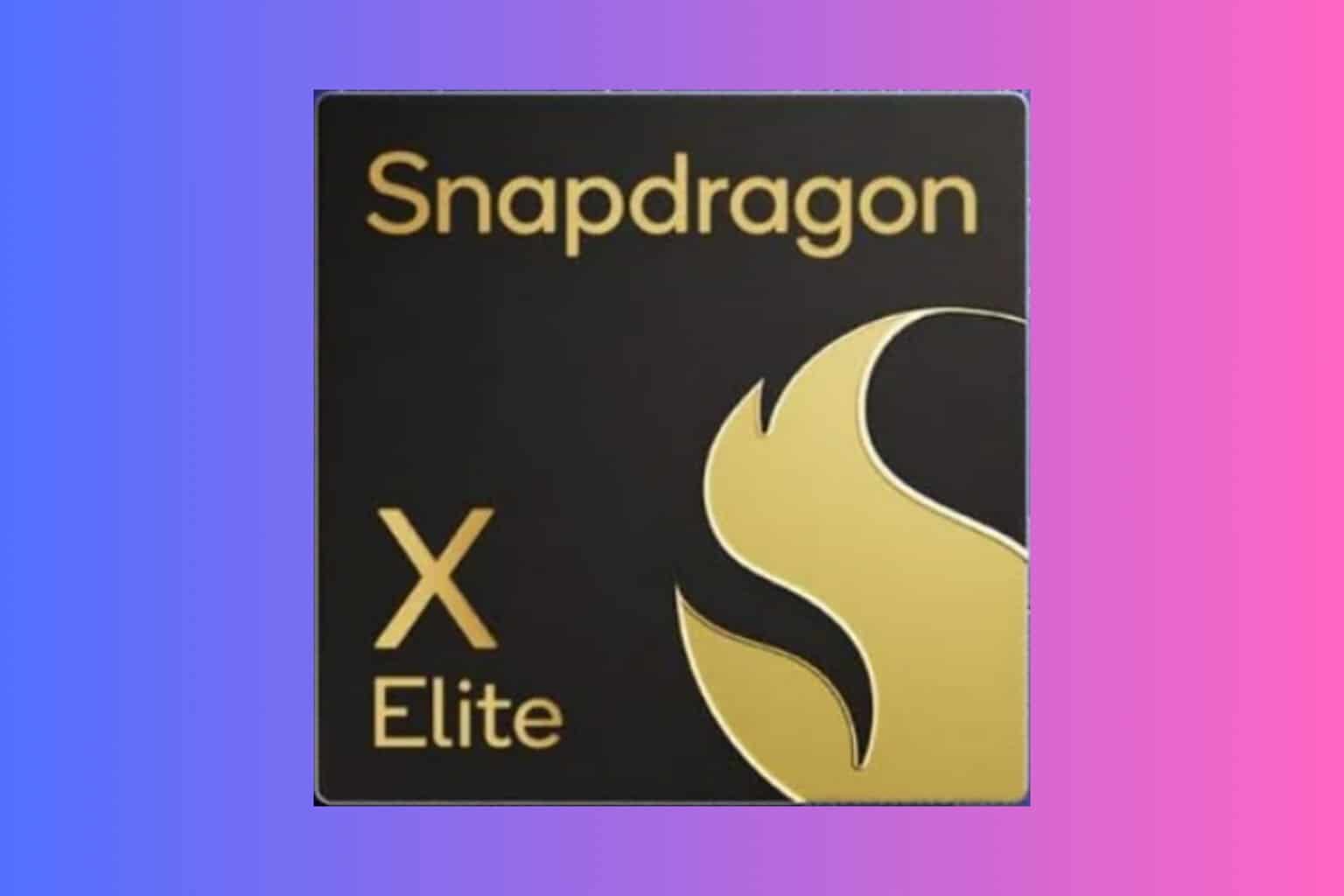
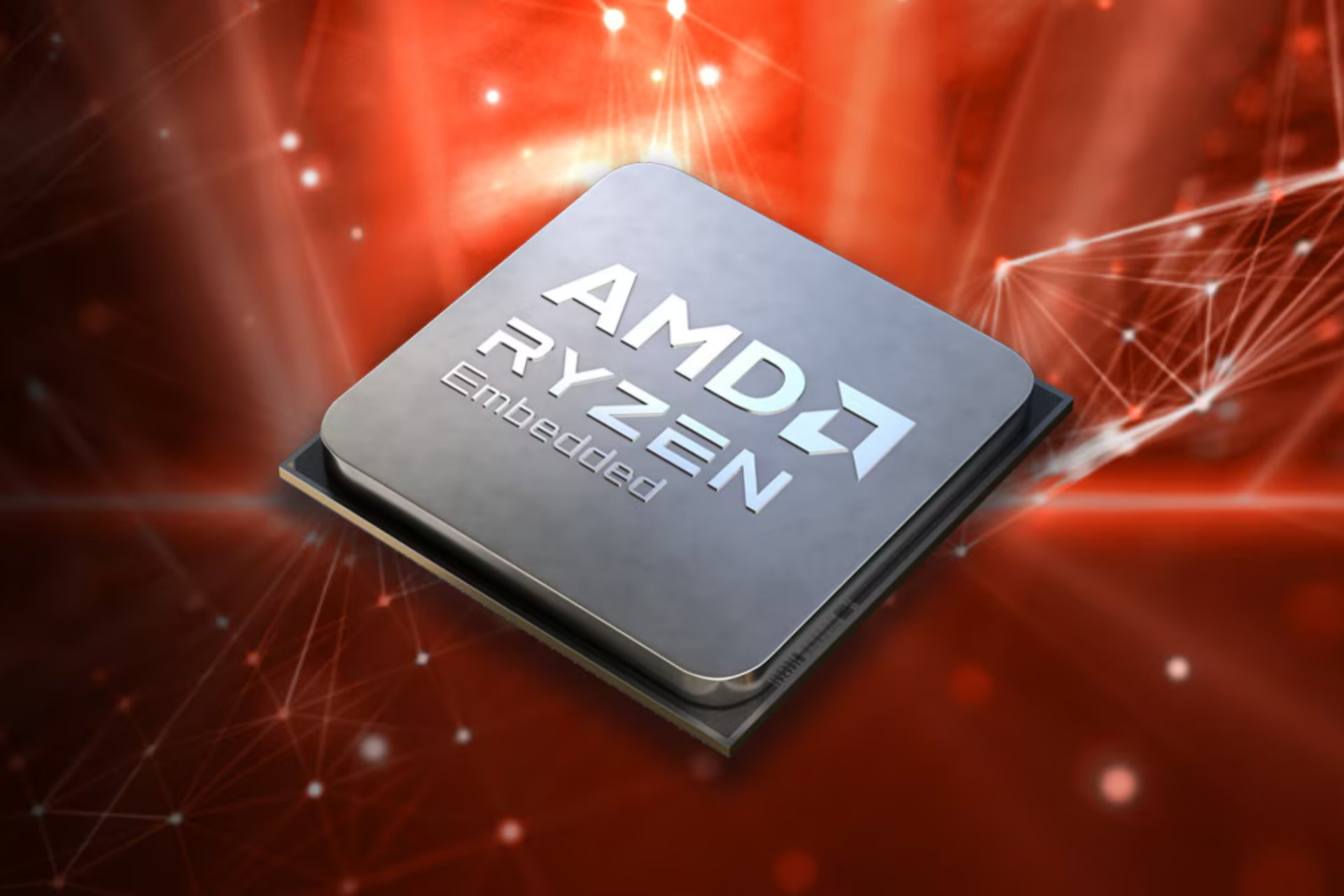
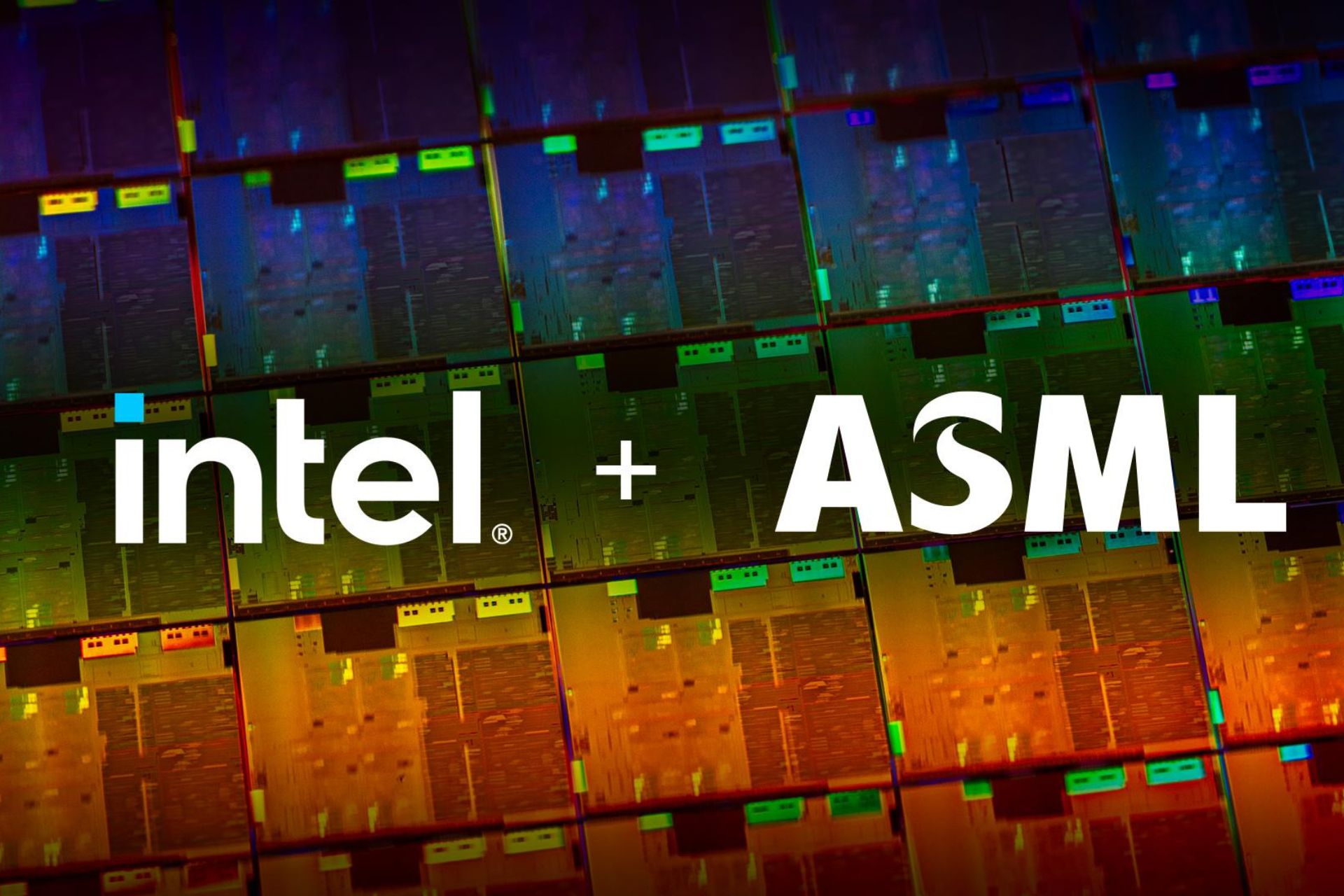
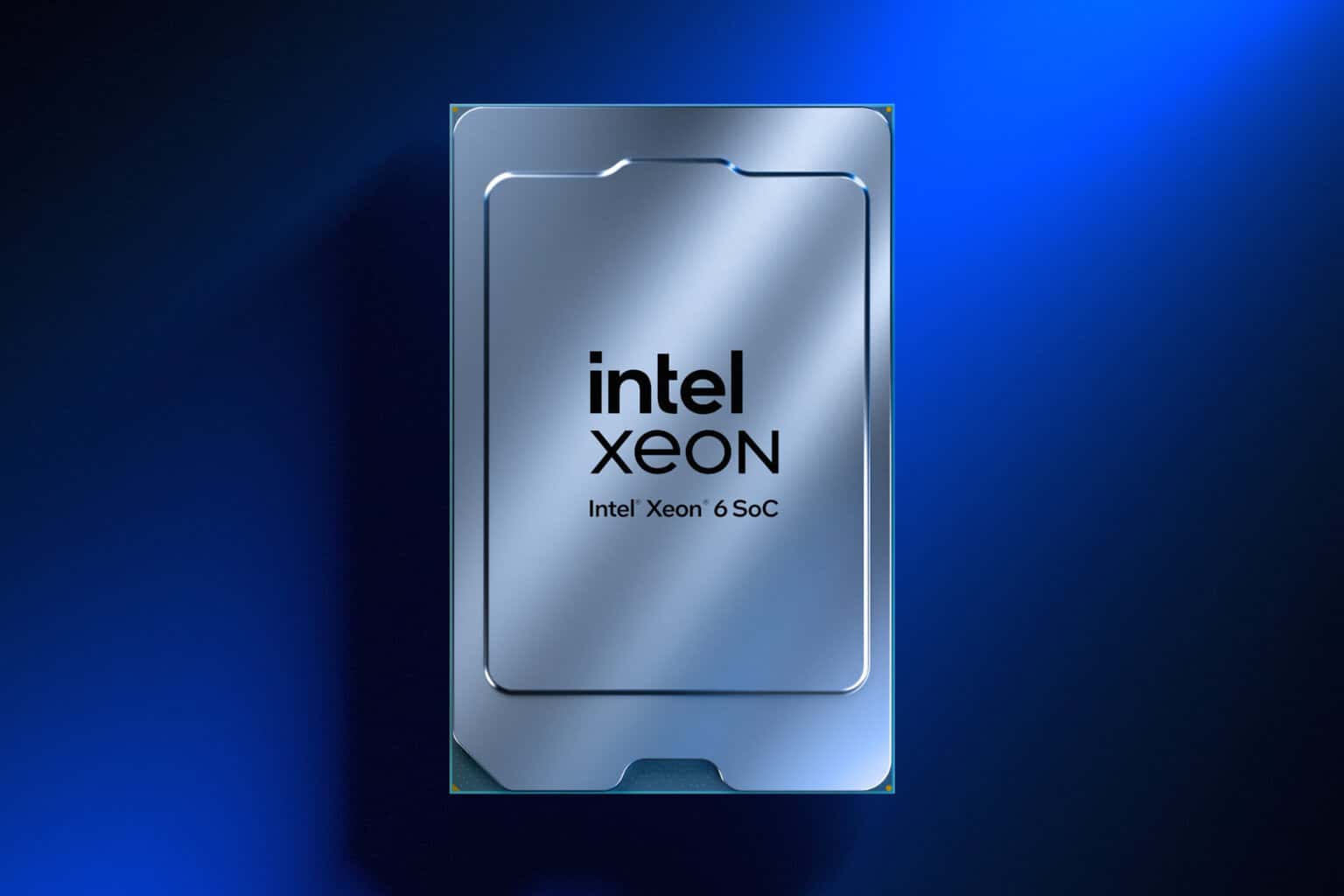

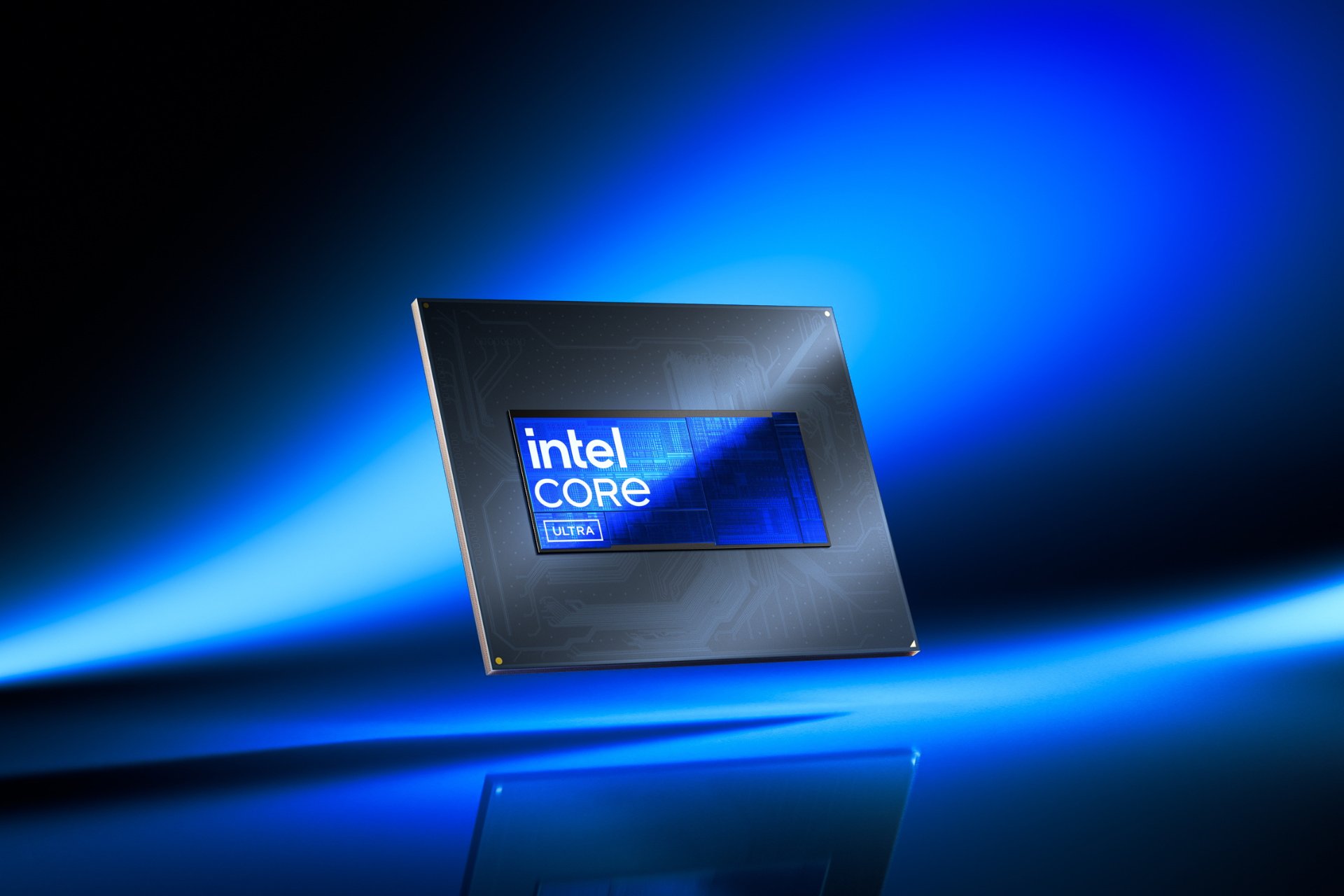
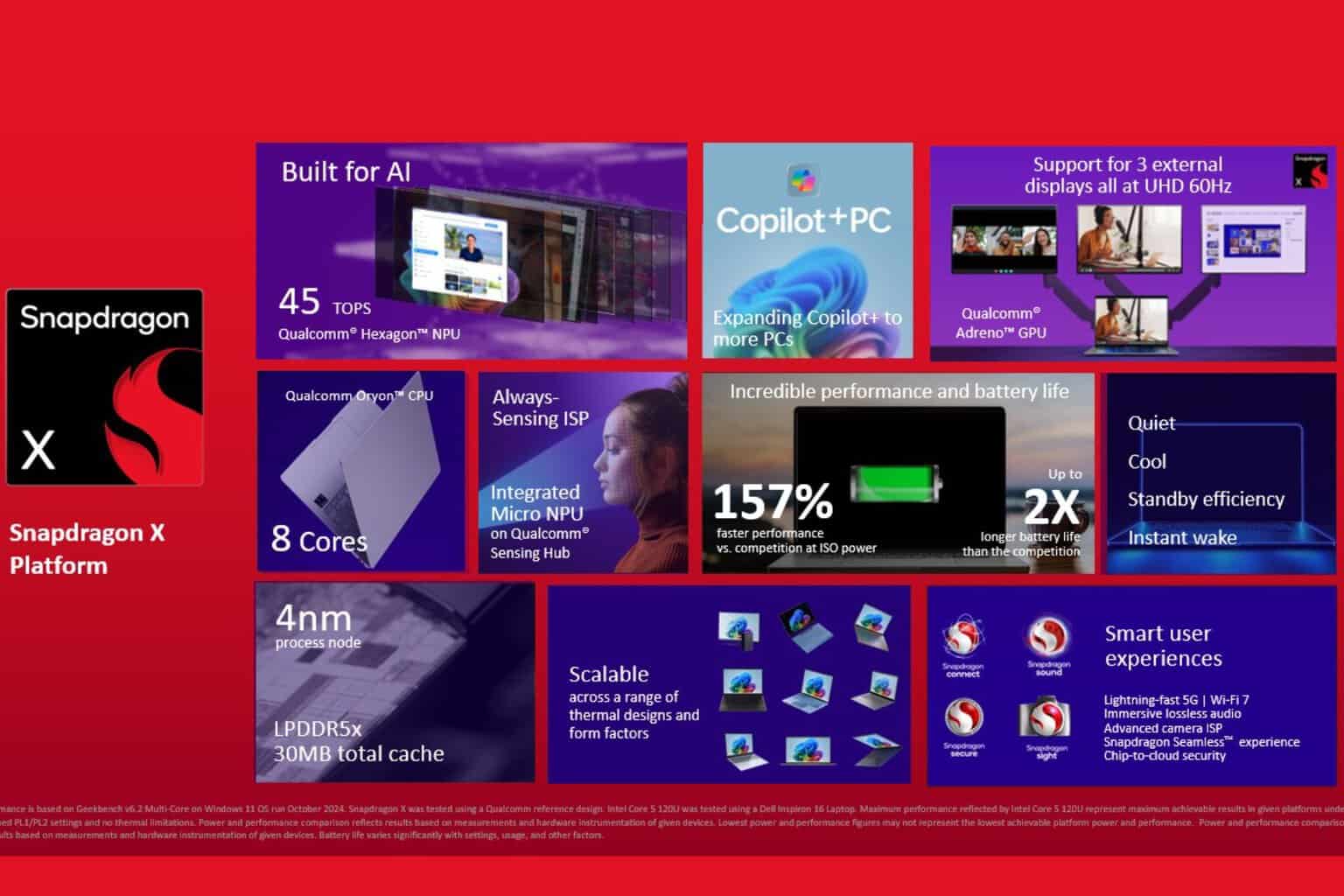
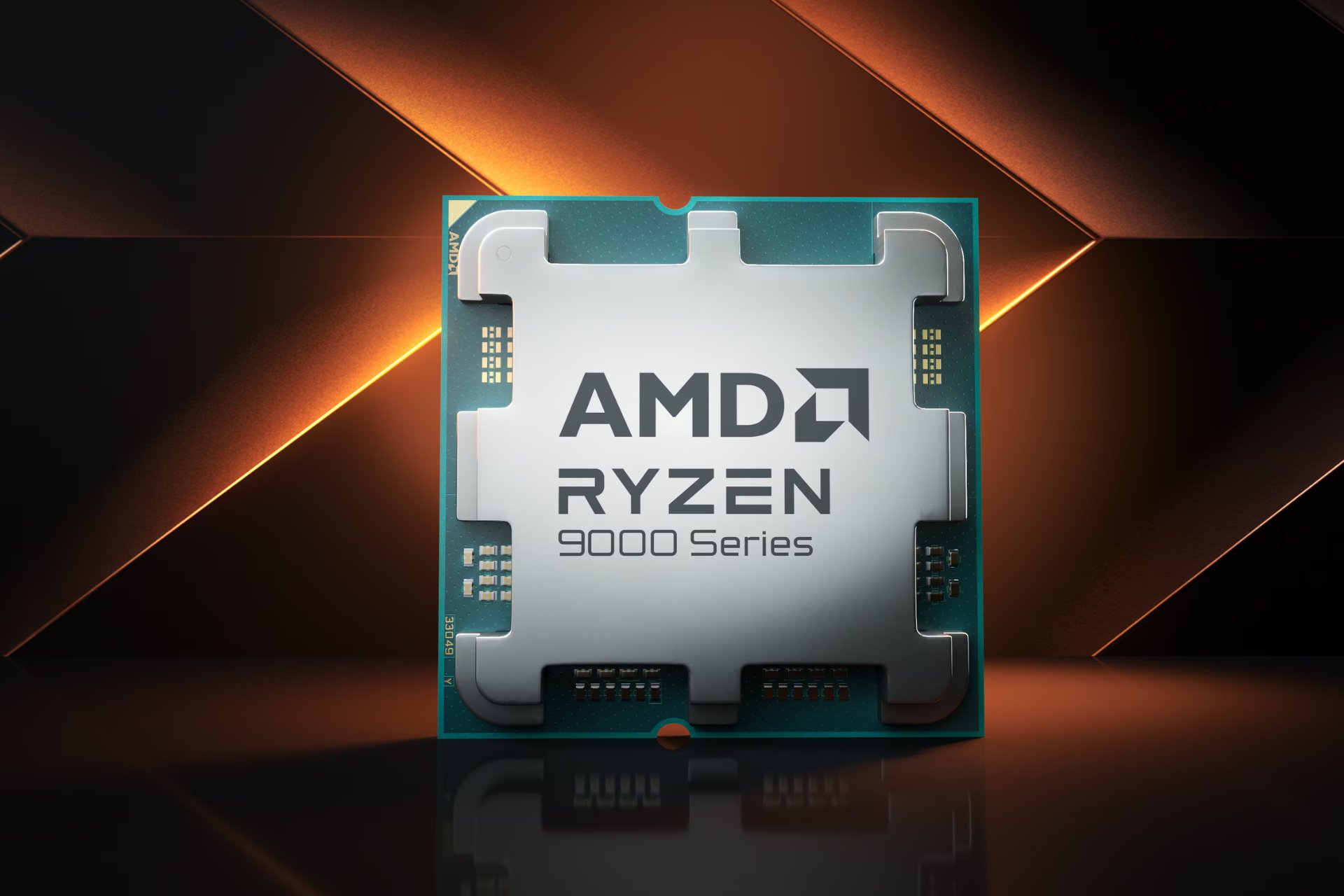

User forum
0 messages